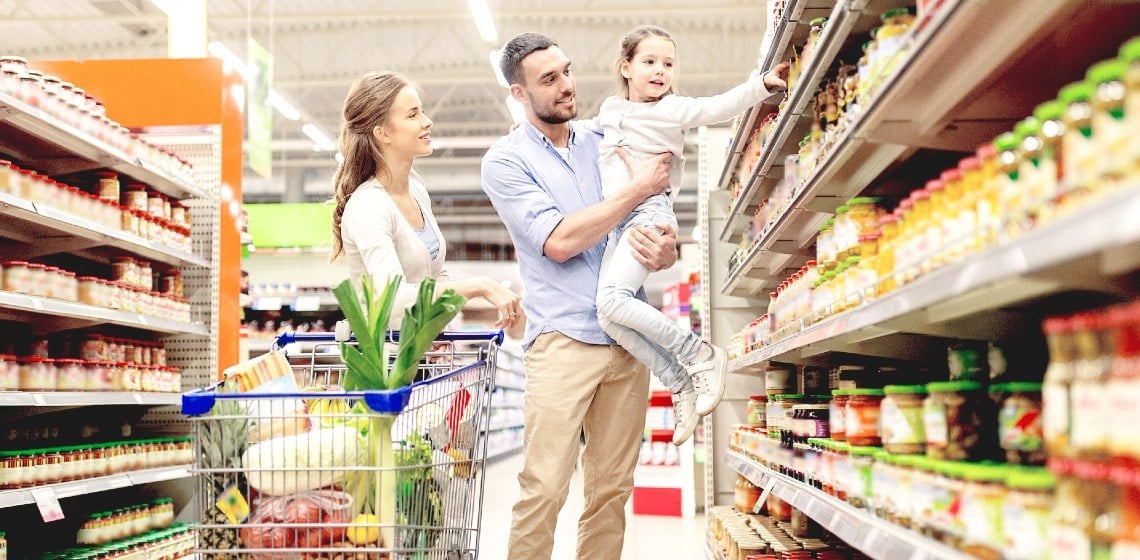Smart, energy efficient, and sustainable
Supermarkets and grocery stores have one of the highest energy consumptions among commercial buildings. However, we already have the means to save energy and reduce carbon dioxide emissions in grocery stores.
Refrigeration
Refrigeration systems account for 35-50% of a grocery store's total energy use. Refrigeration in retail plays an important role in acheiving sustainability and efficiency targets.
Security & Surveillance
Reliable data of your customer behaviour in the shop while maintaining physical security. This can be used tp optimise the shop’s layout, improve the customer experience, and increase sales.
Regulation
National and EU regulation aims to accelerate the green wave of building renovations and increase the use of smart technology in all buildings, as well as reduce greenhouse gas emissions by 2030.
The Caverion Energy Centre
Supermarkets and retail environments are typical environments which require heating and refrigeration simultaneously: heating (in winter) or cooling (in summer) to keep the shop comfortable for the people inside, with sophisticated refrigeration automation to keep produce fresh and safe. By taking a holistic approach to the energy used in a supermarket, controlling the energy consumed as well as created (by e.g. utilising the heat generated from cooling), we can create a highly efficient and sustainable supermarket.
- Savings of 60-70% compared to traditional systems
- Tested and quick to install
- Service and maintenance from a single partner
Sustainable CO2 Refrigeration
The global warming effect of traditional, synthetic refrigerants (F-gases) is up to 25 000 times greater than using carbon dioxide as a refrigarent.
F-gases have typically been used in equipment for refrigeration, air conditioning and heat pumps, and switching to natural CO2 refrigeration is a highly effective step that supermarkets can take towards meeting sustainability targets, and improving efficiency at the same time!
Improve customer experience in a safe and secure environment
Vast amounts of data is generated from cameras and can be integrated with other systems to provide value to customers beyond physical security.
For example, camera data can be analysed together with data from other technology from the building management system (BMS), and this data can be used to create heat mapts of movements in a store to optimise the layout without compromising the customers' privacy.
 Map
Map



















